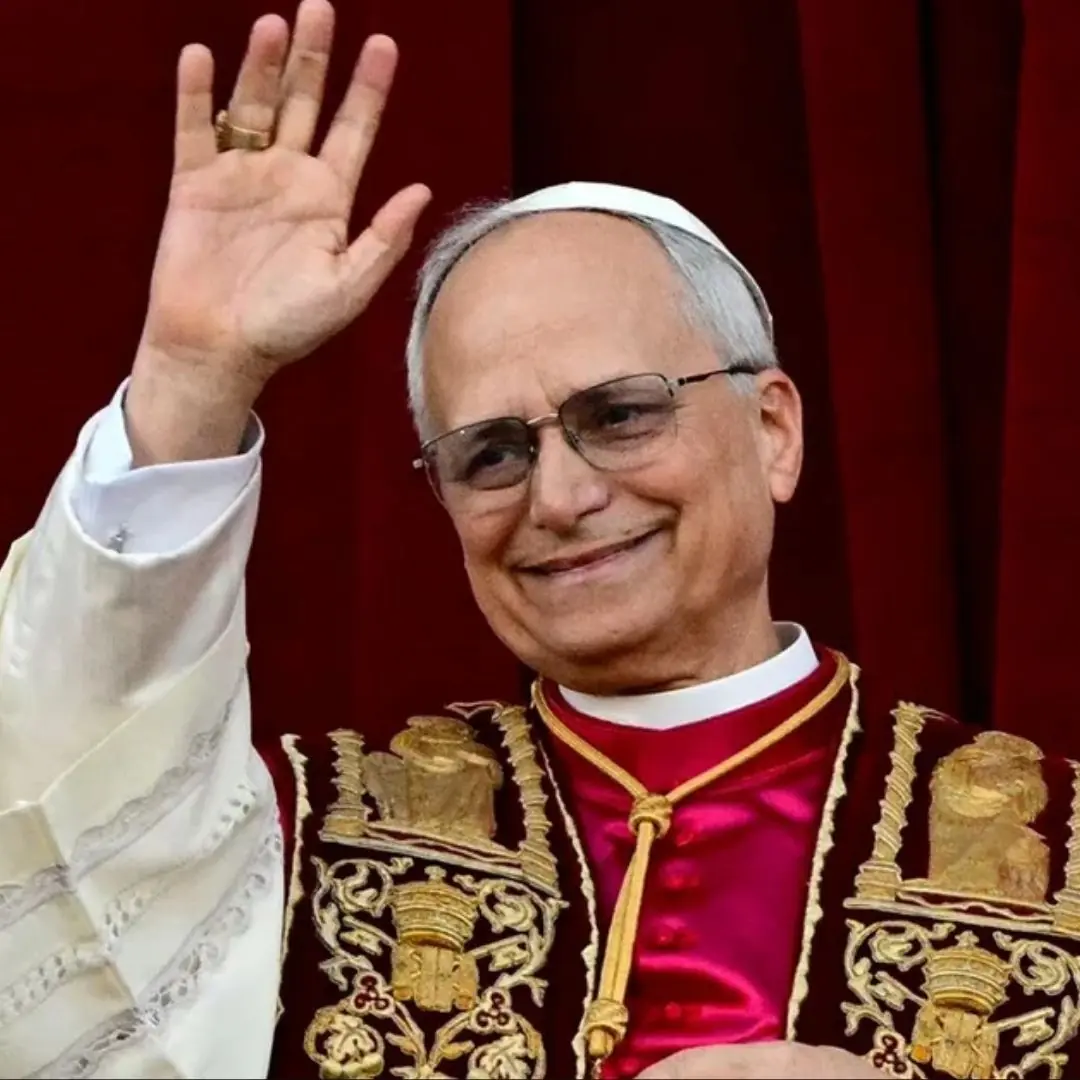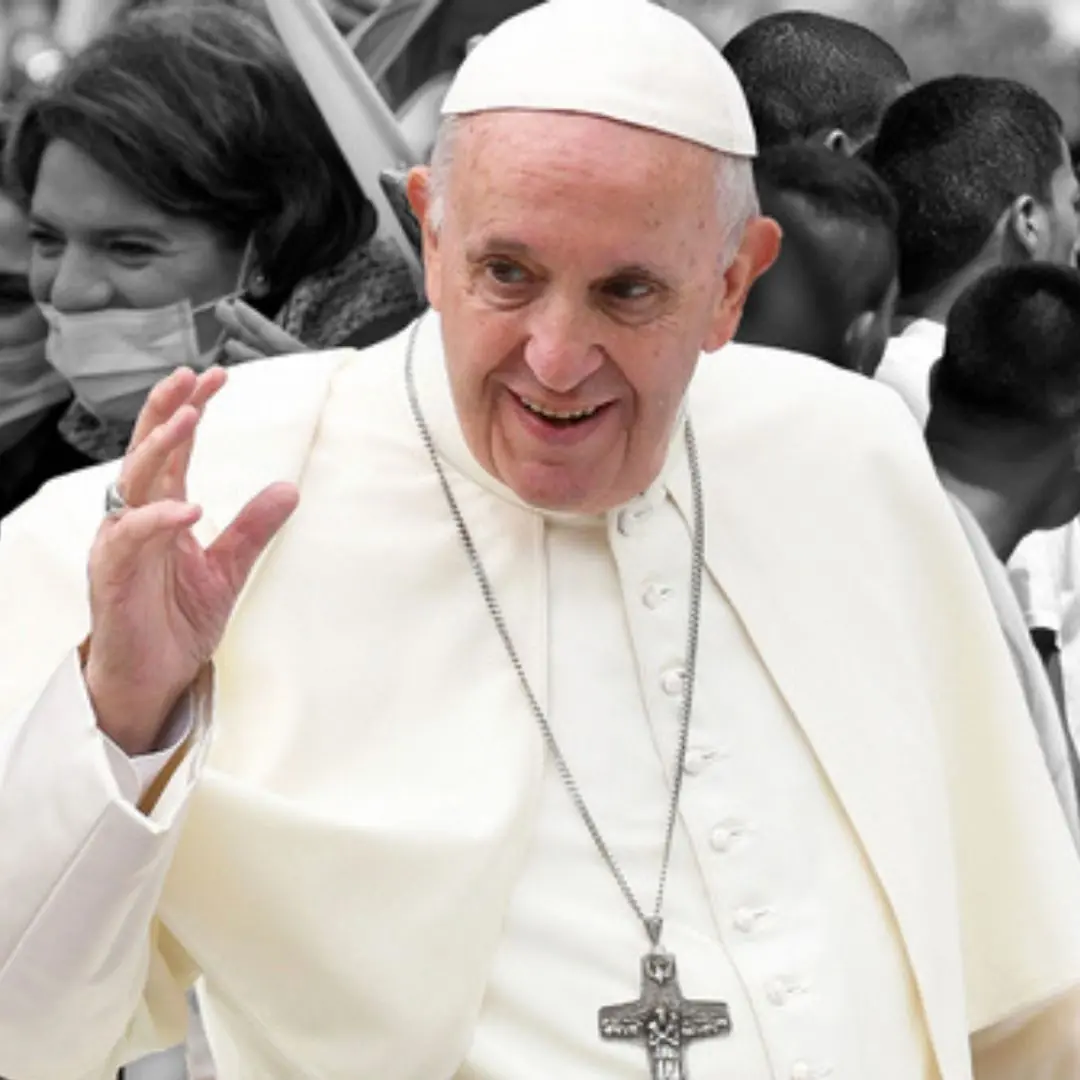
Elon Musk sparks co.ntro.versy
The prominent figure has been left under fire
Elon Musk has sparked controversy after making what appeared to be a Nazi salute at Donald Trump’s inauguration rally.
Musk was speaking at the event after Donald Trump was sworn in as the 47th President of the United States of America yesterday afternoon (20 January).

The Space X and Tesla owner thanked the crowd for “making it happen”, before enthusiastically placing his right and over his hear and flinging his same arm into the air straight in front of him.
The gesture was disturbingly similar to a Sieg Heil that was used as a greeting or salute in Nazi Germany.

The action came as he said: “My heart goes out to you. It is thanks to you that the future of civilisation is assured.”
Many took to Elon Musk’s social media platform to debate the meaning behind the gesture.
Users slammed the billionaire for performing the action while other argued it was merely a misinterpretation.
The re-enactment of the Sieg Heil is illegal in some countries such is its connotations, with Germany, Austria and Slovakia all outlawing the salute.
Musk has had a large involvement in Donald Trump’s push for a second term as US President, publicly backing the Republican.
His support was rewarded too, as Trump declared Musk would become lead on a new department to be known as the Department of Government Efficiency (DoGE).
News in the same category


Air India plane crash: reactions from across the world

RM, V, Jung Kook, and Jimin will soon be discharged from the military

Experts Warn of Rising Bird Flu Th.r.eat: Could Avian Influenza Become the Next Pa.nd.emic?

Covid-19 outbreak returns, “3 most obvious symptoms” recorded

Symptoms, signs of new COVID-19 variant spreading 7 times faster than seasonal flu

How dangerous is the cancer that former US President Joe Biden has?

Why does the Covid-19 JN.1 variant persist?

IU & V reportedly spotted dining together at a luxury restaurant

New virus discovered in bats that can infect humans like Covid-19

Cardinal Robert Francis Prevost elected as 267th pope, takes name Leo XIV

What COVID-19 variants are going around in April 2025?

Pope Francis has d.i.e.d on Easter Monday aged 88

Kristen Stewart and Dylan Meyer Are Married!

‘Depende’: David Licauco on the possibility of courting Barbie Forteza

Limo from ‘Putin’s car fleet’ is bl.o.w.n up in huge blast as troops from par.an.oid ty.r.ant’s honour guard searched for b.om.bs

The band-aid of the future: Smart bandage heals injuries 30% faster than standard dressings by producing an electric field around the wound

NASA astronauts officially touch down on Earth for first time in 9 months after 8-day mission went wrong

Elon Musk's rocket can't take off, two scientists continue to be stuck in space

Haidilao Investigates Over 1,400 Restaurants After Customer Urinates in Hotpot
News Post

My Baby Monitor Showed a Woman in My Living Room—But My House Was Completely Empty

My Wedding Planner Sent Me Photos of a Venue—But It Wasn’t the One I Booked… or Even In My City

When a husband, ignoring his wife’s opinion, took his relatives’ side

You came here with nothing, and you’ll leave the same way — together with your whole family!” I told him. But I had no idea just how cruelly my prophecy would come true

The Bridge Beneath the Willow

Ember’s Last Melody

Good thing you became the heir to that apartment downtown—I’ll be living in it, since I gave mine to my daughter,” her mother-in-law announced.

When your son buys his own summer house, then you can come for the summer. Until then, you’re not expected here,” Dasha declared to her mother-in-law

Bibimbap (Korean Mixed Rice)

Mango Sticky Rice

Roasted Chicken Drumsticks with Potatoes & Fresh Salad

If you don’t like my mother, then leave!” the husband declared, not expecting his wife to actually do it

I hid the truth about my business and income from my fiancé and his family, and at a family dinner they found out the truth

Amazing effects of papaya seeds you may not know

Succulent Herb Butter Beef Tenderloin Roas

I found out my husband was mocking me in front of his friends—so I decided to teach him a lesson he won’t forget

You mean nothing to me,” my husband said — he had no idea he’d be in my office the next day begging for a job

I won’t take her in—I’m too busy for a sick old woman,” Nikita declared coldly

A Daughter’s Betrayal: The Fight for My Dignity
